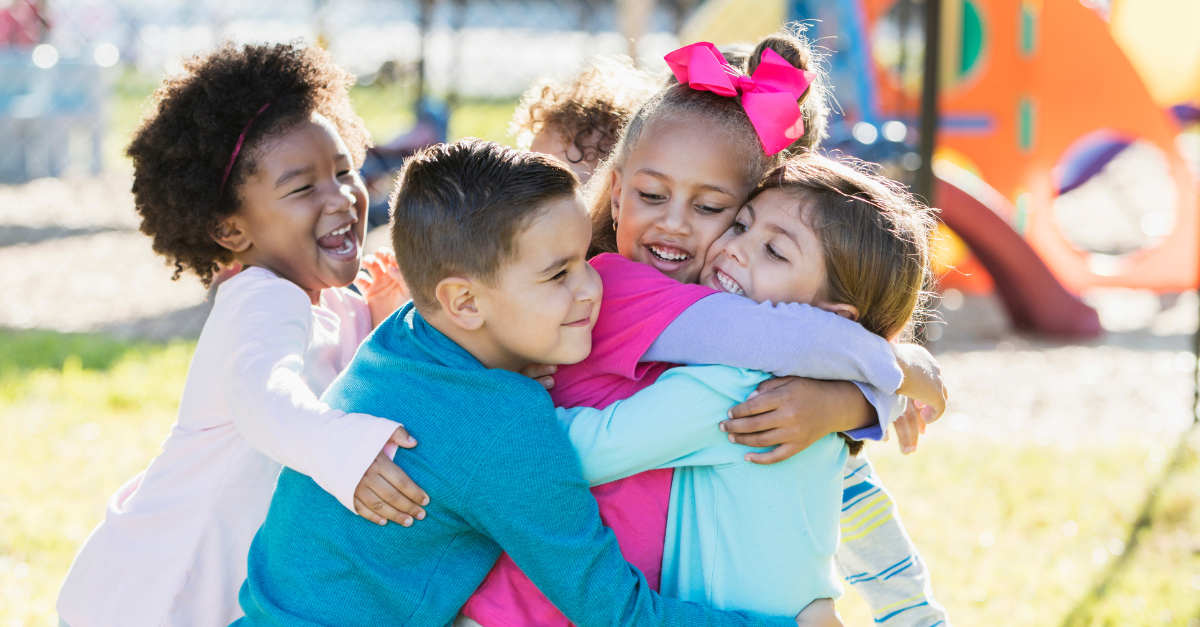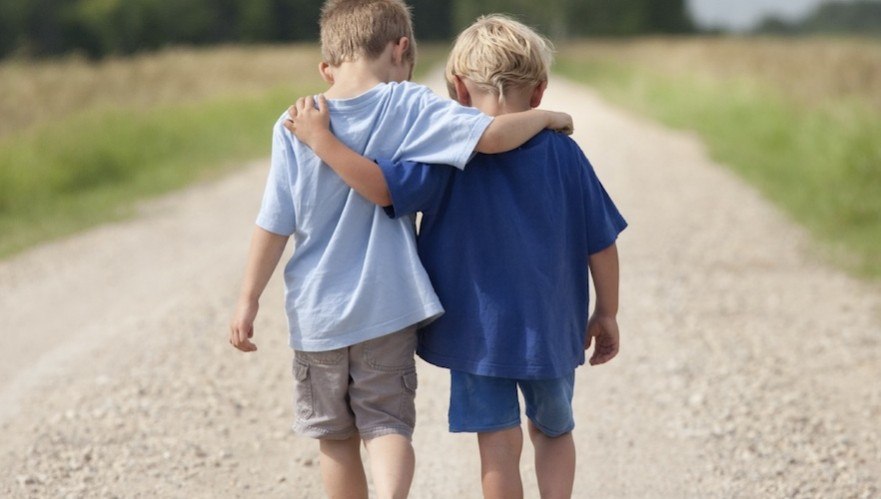My Cart(0)
Cultivating Kindness and Empathy: The Power of Social-Emotional Learning

Introduction
In today's fast-paced world, the importance of teaching kindness and empathy cannot be overstated. As educators and caregivers, we have a profound opportunity to instill these essential qualities in the hearts and minds of the next generation. Social-emotional learning (SEL) provides a framework through which we can nurture kindness and empathy, empowering students to navigate their emotions, build meaningful relationships, and contribute positively to their communities. In this blog post, we'll explore practical strategies and insights from experts to effectively teach kindness and empathy through social-emotional learning.

Understanding the Foundations of Kindness and Empathy
At the core of teaching kindness and empathy lies a deep understanding of what these concepts entail. According to TeachHub, kindness involves showing concern for others, offering help when needed, and treating everyone with respect and compassion. Empathy, on the other hand, is the ability to understand and share the feelings of others, putting oneself in someone else's shoes to better comprehend their experiences and perspectives.
Teaching Kindness and Empathy through Social-Emotional Learning
The best way to foster kindness and empathy in students is through social-emotional learning (SEL) initiatives. Lambton Public Health emphasizes that SEL provides a structured approach to teaching essential life skills, including empathy, self-awareness, and responsible decision-making. By integrating SEL into the curriculum, educators can create a supportive learning environment where students feel valued, respected, and understood.
- Cultivating a Culture of Kindness
Building a culture of kindness starts with creating a safe and inclusive classroom environment. Everyday Speech suggests incorporating activities that promote empathy, such as cooperative group projects, role-playing scenarios, and discussions about emotions and perspectives. By encouraging students to recognize and appreciate the differences among their peers, educators lay the foundation for a compassionate and empathetic community.
- Modeling Empathetic Behavior
As role models for their students, educators play a pivotal role in demonstrating empathetic behavior. Teachers can model empathy by actively listening to students, validating their feelings, and responding with kindness and understanding. When students witness empathy in action, they are more likely to emulate these behaviors in their own interactions with peers and adults.
- Practicing Perspective-Taking
Empathy is rooted in the ability to see the world from someone else's point of view. TeachHub suggests incorporating perspective-taking exercises into the curriculum to help students develop this critical skill. Activities such as writing prompts, literature discussions, and real-world simulations can provide opportunities for students to step into the shoes of others and gain a deeper understanding of their experiences and emotions.
- Encouraging Acts of Kindness
Encouraging students to perform acts of kindness reinforces the value of compassion and empathy in action. Lambton Public Health recommends implementing initiatives such as kindness challenges, random acts of kindness projects, and community service opportunities. By actively engaging in acts of kindness, students not only brighten the lives of others but also experience the intrinsic rewards of making a positive difference in the world.
- Promoting Self-Reflection
Self-reflection is an integral part of social-emotional learning, allowing students to assess their thoughts, feelings, and actions in relation to others. Everyday Speech suggests incorporating reflection activities into the classroom routine, such as journaling prompts, group discussions, and mindfulness exercises. By encouraging students to reflect on their interactions and experiences, educators can help them develop greater self-awareness and empathy towards others.

Conclusion
Teaching kindness and empathy through social-emotional learning is a transformative journey that empowers students to become compassionate, empathetic, and socially responsible individuals. By creating a culture of kindness, modeling empathetic behavior, practicing perspective-taking, encouraging acts of kindness, and promoting self-reflection, educators can cultivate a nurturing learning environment where students thrive emotionally, academically, and socially. Together, let us embrace the power of social-emotional learning to inspire a generation of kind-hearted and empathetic leaders who will shape a more compassionate and inclusive world.
unsubscribe at any time without costs.










